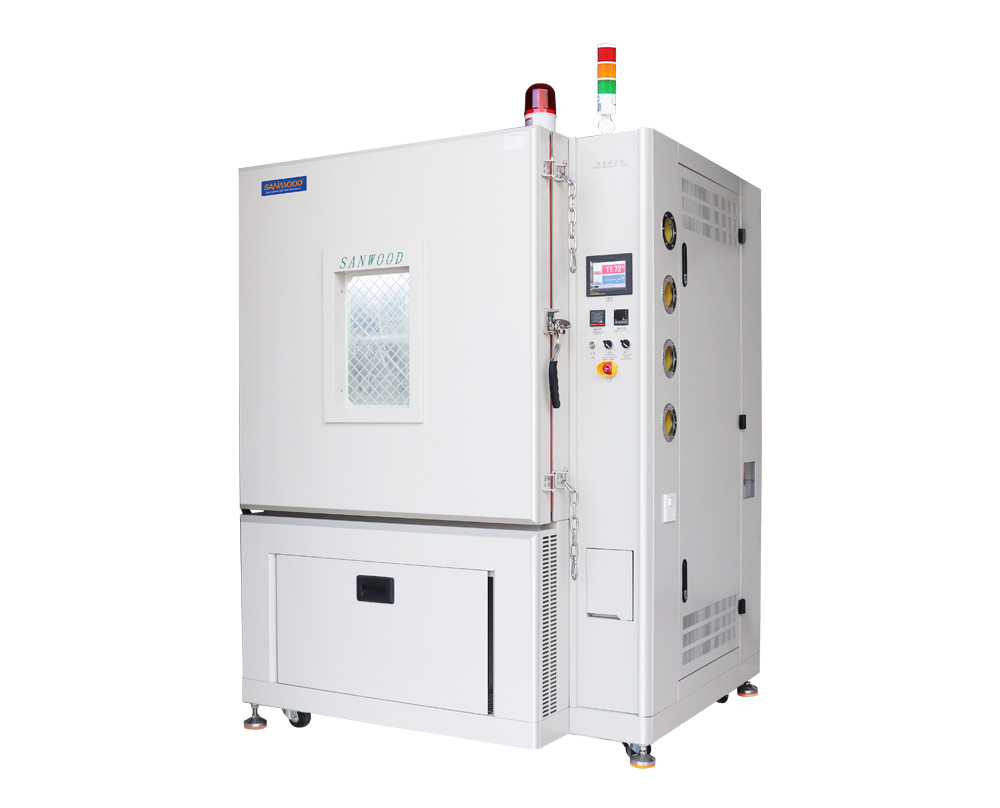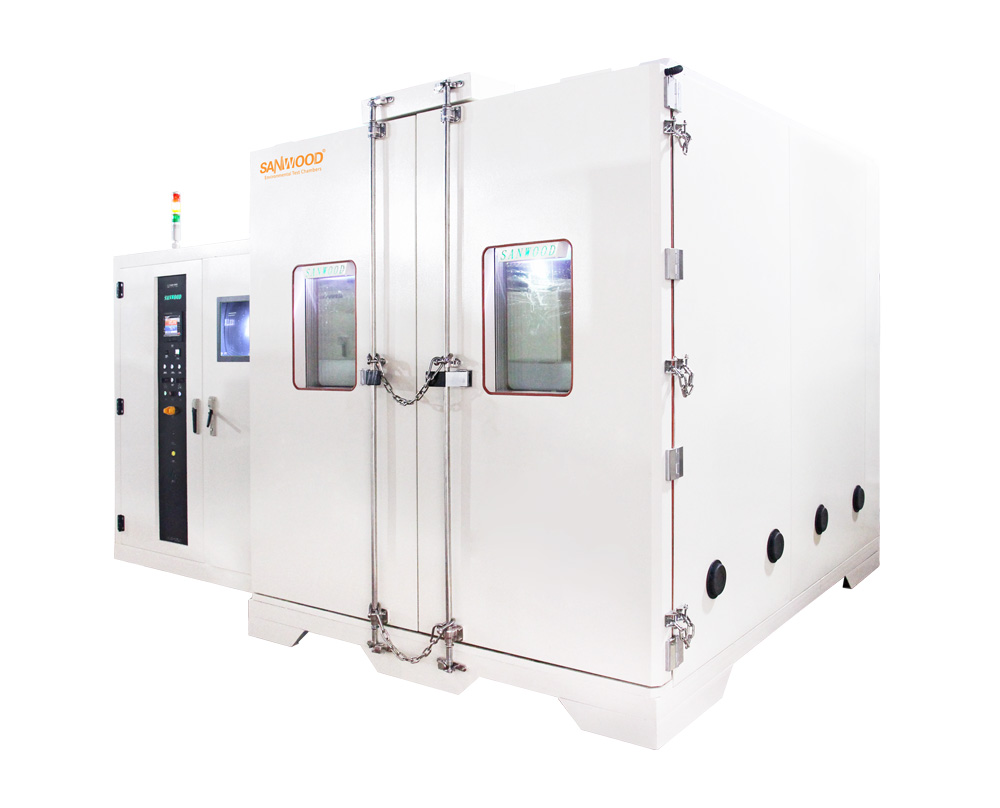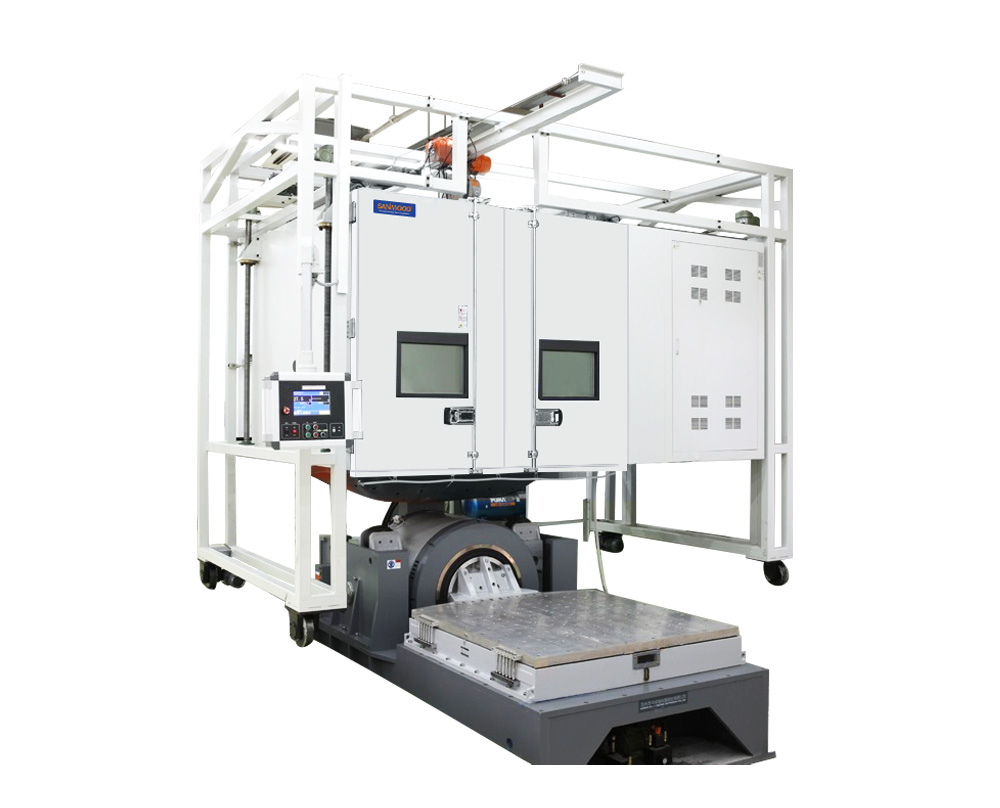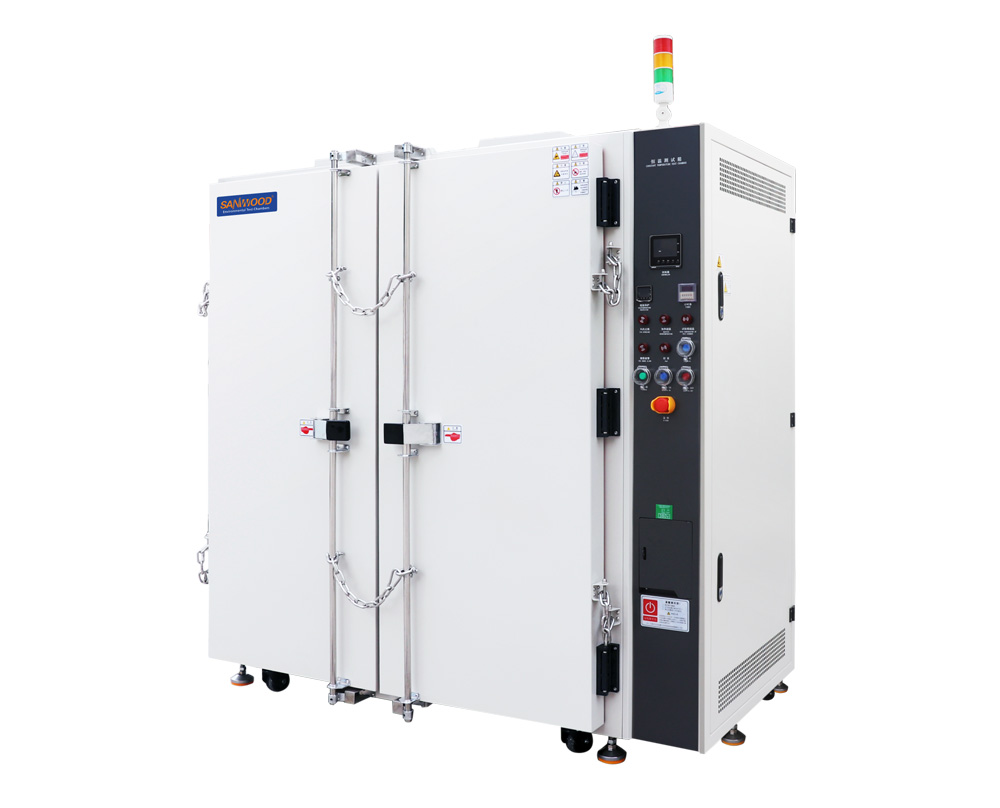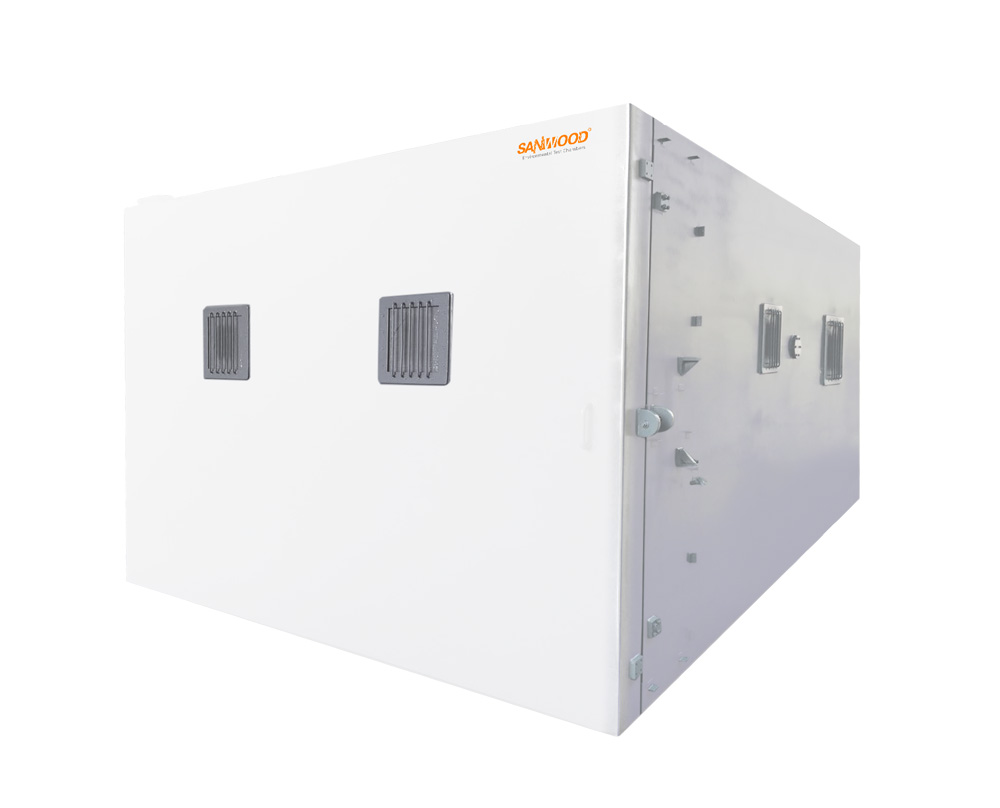The temperature change rate of thermal shock is not specified, but the return time is mainly required. According to the IEC specification, there are three test methods for temperature cycling [Na, Nb, NC]. Thermal shock is one of the three [Na] test items [Quick temperature change with specified conversion time; medium: air]. The main parameters of temperature shock (thermal shock test chamber) are: high temperature and low temperature conditions, residence time, return time , The number of cycles, in the high and low temperature conditions and residence time, the current new specification will require that it is based on the surface temperature of the test product, not the air temperature in the test area of the test equipment.
Thermal shock test chamber:
Thermal shock test chamber is used to test the degree of tolerance of the material structure or composite material under the continuous environment of extremely high temperature and extremely low temperature in an instant, so as to test the chemical change or physical damage caused by thermal expansion and contraction in the shortest time. Applicable objects include metal, plastic, rubber, electronics... and other materials, which can be used as a basis or reference for product improvement.
The following product defects can be found during the thermal shock (temperature shock) test process:
Connection peeling caused by different expansion coefficients
Water enters after cracking with different expansion coefficients
Accelerated test for corrosion and short circuit caused by moisture infiltration
According to the international standard IEC, the following conditions are common temperature changes:
1. When the equipment is transferred from a warm indoor environment to a cold outdoor environment, or vice versa
2. When the equipment suddenly cools when it is exposed to rain or soaked in cold water
3. Installed in external airborne equipment (such as: cars, 5G, outdoor monitoring systems, solar energy)
4. Under certain transportation [vehicle, shipping, air transportation] and storage conditions [no air-conditioned warehouse]
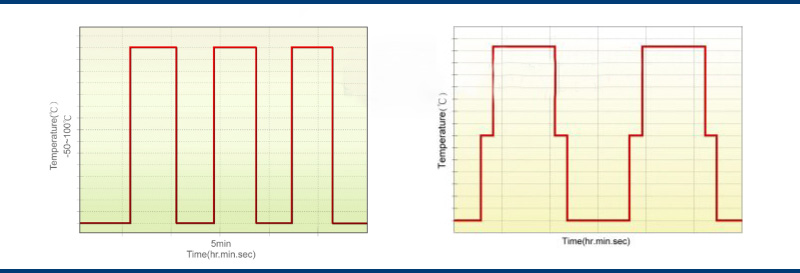
Temperature shock can be divided into two ways: two zone thermal shock and three zone thermal shock:
Note: The common method of temperature shock is [high temperature→low temperature, low temperature→high temperature], which is also called [two zone thermal shock], and another so-called [three zone thermal shock], the process is [high temperature→normal temperature→ Low temperature, low temperature → normal temperature → high temperature], an action of [over normal temperature] is inserted between high and low temperatures to avoid adding a buffer between the two extreme temperatures.
If you look at the specifications and test conditions, there are usually conditions that exceed normal temperature. Its high and low temperature will be extremely high and extremely low. Comparing military regulations and vehicle regulations, it will be seen that there are temperature shock conditions that have exceeded normal temperature.

